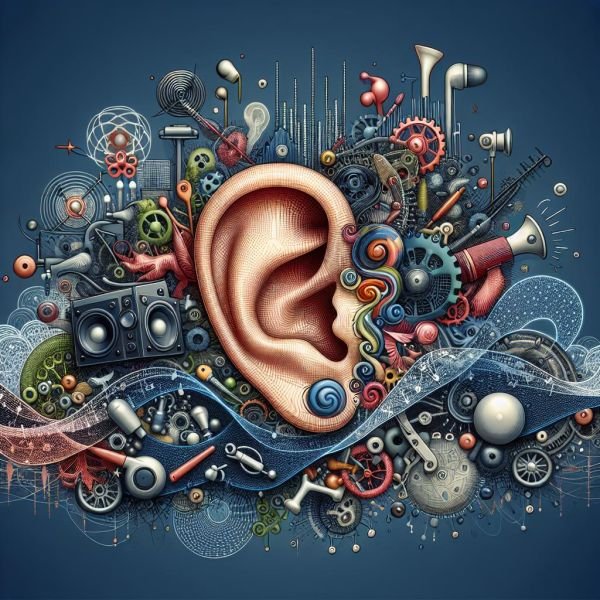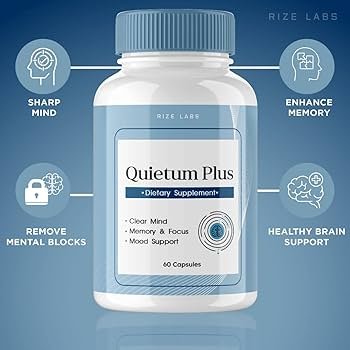Everyday Sounds That Damage Your Ears and How to Protect Them
In a world bustling with vibrant life and endless noise, the symphony of our daily experiences often drowns out a crucial reality: the sounds that surround us can silently threaten our hearing. From the persistent hum of traffic to the startling blast of a nearby construction site, many of us are unknowingly exposed to harmful levels of noise. While we may take for granted the everyday sounds that punctuate our lives—music blaring from earbuds, the clinking of dishes in a busy café, or the roar of a vacuum cleaner—these familiar noises can gradually erode our auditory health. In this article, we will explore the often-overlooked impact of these commonplace sounds on our ears and offer effective strategies to safeguard our most precious sense. Join us as we delve into the world of sound, awareness, and protection, ensuring that our ability to hear remains a treasure rather than a casualty of modern living.
Sound is an omnipresent aspect of our lives, often weaving unnoticed into the fabric of our daily routines.Though, many seemingly innocuous noises can carry hidden dangers to our hearing health. From the incessant hum of traffic to the blaring sound systems in cafes, these everyday offenders can accumulate and lead to irreversible damage over time. Understanding sound levels in terms of decibels (dB) can help us recognize which sounds pose the greatest risk. For instance,sounds at 85 dB,such as heavy city traffic or a busy restaurant,can begin to cause hearing loss with prolonged exposure,while sounds exceeding 120 dB,like a jet taking off,can lead to immediate harm.
To mitigate the risks associated with loud sounds, cultivating protective habits is essential. Here are some simple strategies for preserving your hearing:
- Limit exposure to loud environments when possible.
- Use earplugs in noisy settings, such as concerts or construction sites.
- Practice the 60/60 rule: listen to music at 60% volume for no more than 60 minutes at a time.
- Choose quieter alternatives, avoiding high-decibel equipment for household tasks.
In addition to these habits, investing in tools that help manage noise exposure can greatly enhance your ear health. Devices such as sound level meters can make you aware of the noise levels in your environment.Furthermore, consider using noise-cancellation headphones or built-in volume limiters in audio devices. The following table summarizes decibel levels and their potential risks:
| Sound Source | Decibel Level (dB) | Risk Level |
|---|---|---|
| Normal conversation | 60 dB | Low risk |
| City traffic | 85 dB | Moderate risk |
| Rock concert | 110 dB | High risk |
| gunshot | 140 dB | immediate harm |
future Outlook
As we navigate the symphony of our daily lives, it’s easy to overlook the subtle yet intrusive sounds that surround us. From the rhythmic thrum of city traffic to the piercing notes of personal devices, these everyday sounds can accumulate and silently take a toll on our hearing. But awareness is the first step toward protection. By embracing simple strategies and making mindful choices,we can safeguard our ears against the unseen dangers that accompany us throughout the day.as you step away from this exploration of sound and safety, consider how you can tune into your environment with a new perspective—one that prioritizes your auditory health. Remember, the beauty of sound should be heard in harmony, not in harm.Let the echoes of this knowledge resonate in your daily life, ensuring that every note, whisper, and laugh can be enjoyed without the fear of loss. Protect your ears, preserve your sounds, and let each day be filled with the joyous melodies that life has to offer.
